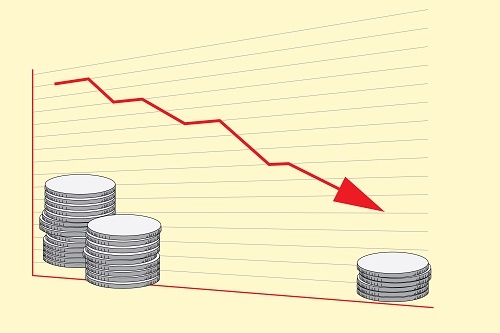
By Roger J Kerr

I was only correct with one statement in last week’s commentary, and that was the headline “The NZ Dollar is in for a volatile time”.
For the rest, the scenario setting ambitions for the US Presidential Election outcome and likely financial market reaction, it was complete hocus pocus.
However, I do not feel too bad as all polls, predictions and forecasts from all quarters were proven to be well wrong, as both the political result and market responses were generally the opposite of what was anticipated beforehand.
- The US dollar initially weakened to $1.1300 against the Euro as the state by state results started to flow Donald Trump’s way last Wednesday afternoon. However, as one media wire’s headline aptly described the sudden shift in market sentiment and direction, “vexation replaced with pragmatism” as it was realised that a Republican President together with a Republican Senate and Republican House of Representatives meant that policies such as infrastructure improvements would get done. The US currency direction turned on a dime to one of strength, with the EUR/USD rate reversing to now trade at $1.0850. The FX markets concluded that “Trumponomics” would be positive for growth and thus inflation in the US economy, therefore higher US interest rates and stronger US dollar value.
- US sharemarkets rallied strongly on the Trump win as the uncertainty of the unknown dissipated and the focus turned to positive impulses for the US economy.
- The big surprise after the unexpected Trump victory was the immediate sell-off in US Treasury Bonds. The 10-year Treasury bond yield spiralling upwards from 1.80% to 2.14%. The fixed interest investment markets round the world were positioned for safe haven buying and a flight to quality (i.e. lower yields) on an unlikely Trump win. The opposite occurred. Our 10 years swap interest rates followed the US increases, lifting from 2.90% to 3.25%
After an initial 50 point jump to 0.7350 on the RBNZ Monetary Policy Statement last Thursday morning, the Kiwi dollar was smartly sold lower as the US dollar continued to make gains on global forex markets.
The elevator in the elevator shaft has been rebooted into life and the Kiwi’s descent to 0.7100 has been rapid.
Further depreciation to below 0.7000 is likely over coming weeks as the US dollar continues on its strengthening path. Additional gains for the US dollar to $1.0500 against the Euro appear likely as strong US economic performance continues in stark contrast to the situation in Europe.
There will, however, be some bumps for the US dollar on FX markets along the way as the new Trump administration determines its personnel make up and economic policy agenda.
The immediate currency market prognosis of what a Trump victory means for a more insular USA’s trade and diplomatic relationships with the rest of the world was that it would not be good news emerging market economies and currencies.
Emerging market exchange rates from India to Indonesia have been slammed down hard against the resurgent US dollar.
The Mexican Peso has tumbled to an all-time low and the Chinese Yuan has depreciated to a six-year low against the US dollar.
The Kiwi dollar has been caught in the backwash of those global currency market adjustments. Investment capital is rapidly returning to “Stateside” from emerging markets, thus further depreciation of the Aussie and NZ dollars seems likely in this environment.
The sudden and sharp fall in the NZD/USD exchange rate last Thursday afternoon (11th November) from 0.7200 to near to 0.7100 displayed a hint of direct RBNZ direct intervention selling of the Kiwi dollar.
All four pre-requisites for central bank intervention in the NZ dollar are arguably fulfilled and justified currently (to greater and lesser degrees).
However, a more likely explanation for the large NZD selling was unwinding of market positions when the Kiwi rally higher after the RBNZ statement earlier in the day could not be sustained.
To be fair, three OCR cuts this year have failed to weaken the NZ dollar, so a more direct approach from a frustrated RBNZ would be easy to understand and support.
Daily exchange rates
Select chart tabs
Roger J Kerr contracts to PwC in the treasury advisory area. He specialises in fixed interest securities and is a commentator on economics and markets. More commentary and useful information on fixed interest investing can be found at rogeradvice.com

We welcome your comments below. If you are not already registered, please register to comment
Remember we welcome robust, respectful and insightful debate. We don't welcome abusive or defamatory comments and will de-register those repeatedly making such comments. Our current comment policy is here.